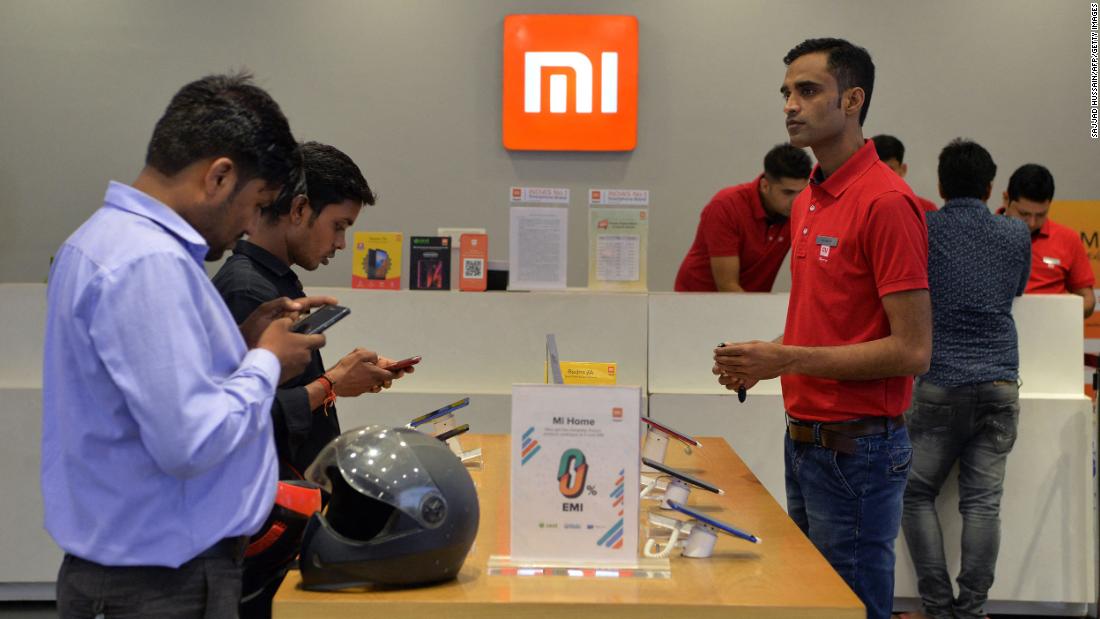
Indians love Chinese smartphones, but for the last two months, New Delhi has intensified the scrutiny of three top Chinese firms — Xiaomi, Vivo and Oppo. Together, these companies control more than 60% of the Indian smartphone market, according to data from research firm Counterpoint.
Xiaomi India said at the time that “all our operations are firmly compliant with local laws and regulations.” It hasn’t responded to further requests for comment this week by CNN Business.
A Vivo spokesperson had told CNN Business that the company “is cooperating with the authorities to provide them with all required information.” It also did not respond to a follow-up query.
Oppo did not respond to a request for comment.
Beijing, meanwhile, has blasted the raids on Chinese companies, saying that India is damaging its reputation among foreign investors.
In a statement earlier this month, China’s embassy in India said that probes were disrupting “normal business activities” and chilling “the confidence and willingness of market entities from other countries, including Chinese enterprises to invest and operate in India.”
Why India is cracking down
Chinese technology firms have had a particularly rough time in India over the last two years, with New Delhi cracking down since border tensions escalated between the world’s most populous countries.
Chinese vendors have also come under the thumb of Indian regulators because “they have “grown very fast very quickly,” noted Tarun Pathak, a research director at Counterpoint.
“More clarity is being sought by India on how Chinese firms do their business here,” he said. “Their balance sheets are now being looked into.”
He added that the Indian government is tightening regulations for foreign phone makers because they have realized that “these companies need India more than India needs them.”
Although regulatory crackdowns are making business in India difficult, experts say it’s unlikely New Delhi would put an outright ban on Chinese smartphones.
“Chinese firms are here to stay,” said Pathak, adding that there are “no other takers.”
Kiranjeet Kaur, an associate research director at International Data Corporation (IDC), also expects these companies to bounce back by the time the Diwali festival season — driven by shopping — begins in India in October. She added that these probes would hardly matter to Indian consumers.
After the border clashes, calls for a boycott of Chinese companies, including phone makers, had engulfed India, recalls Kaur.
Chinese phones are here to stay
Despite these protests, there was “not a dent in the shipment numbers” of these companies, and they continued to dominate the market, she added.
India’s love for Chinese smartphones transcends any political tensions, mainly because they are seen as great value in a highly price-sensitive market.
“If you compare the features, Chinese smartphones offer a lot more, and cost only a little bit more,” said Kaur.
And, despite the new legal challenges, China can’t afford to abandon the Indian market. The South Asia country of over 1.3 billion people is the world’s second biggest smartphone market after China, said Counterpoint’s Pathak.
“India is super important for all major players, whether American or Chinese,” he said. It is also the world’s biggest “emerging market” as “almost half of the country is still not connected to smartphones,” he added.
